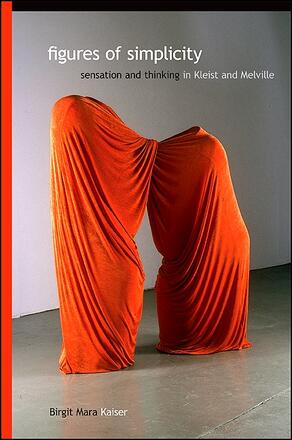
Figures of Simplicity
Sensation and Thinking in Kleist and Melville
Alternative formats available from:
A fascinating comparison of the work of Heinrich von Kleist and Herman Melville.
Description
Figures of Simplicity explores a unique constellation of figures from philosophy and literature—Heinrich von Kleist, Herman Melville, G. W. Leibniz, and Alexander Baumgarten—in an attempt to recover alternative conceptions of aesthetics and dimensions of thinking lost in the disciplinary narration of aesthetics after Kant. This is done primarily by tracing a variety of "simpletons" that populate the writings of Kleist and Melville. These figures are not entirely ignorant, or stupid, but simple. Their simplicity is a way of thinking; one that author Birgit Mara Kaiser here suggests is affective thinking. Kaiser avers that Kleist and Melville are experimenting in their texts with an affective mode of thinking, and thereby continue, she argues, a key line within eighteenth-century aesthetics: the relation of rationality and sensibility. Through her analyses, she offers an outline of what thinking can look like if we take affectivity into account.
Birgit Mara Kaiser is Assistant Professor of Comparative Literature at Utrecht University in the Netherlands.